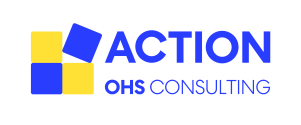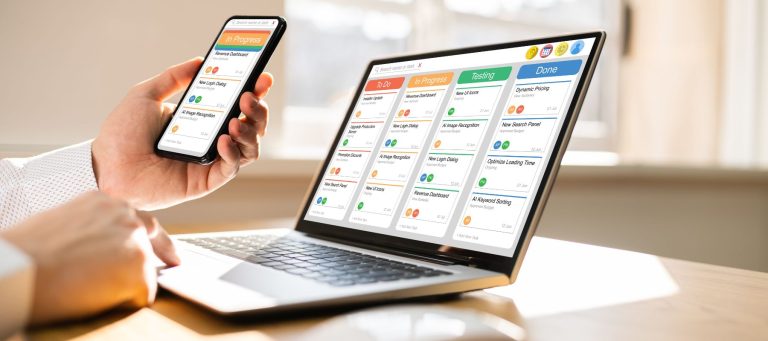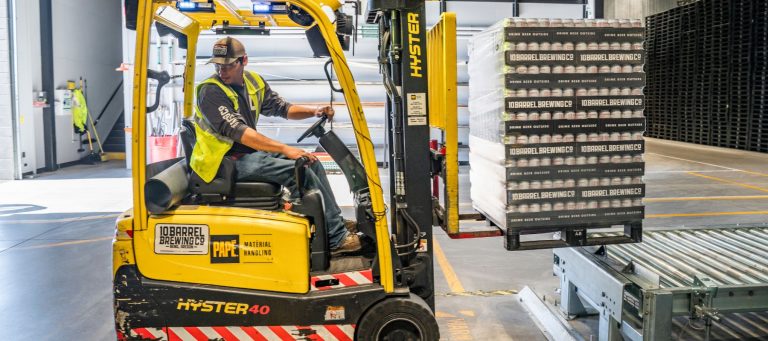Organisations have a responsibility to ensure processes are in place to manage work-related stress. Understanding that, the identification of work-related stress can be hard. This post has been constructed to provide you with a Risk Management approach to managing work-related stress.
Firstly, what is work-related stress?
Work-related stress is “the adverse reaction people have to excessive pressures or other types of demand placed on them at work“.
Identifying if work-related stress is a hazard in your workplace
Whilst work-related stress may not be as visible as “physical” hazards – for example, trip hazards in walkways, or un-guarded machines; there are some clear indicators that can inform you that work-related stress is a hazard that your workplace should pay closer attention to. Within your organisation, you can gather insights, as to whether work-related stress “is a thing”, by reviewing, or considering the following:
- Absenteeism trends and records from the last 2-3 years
- Incident and Injury data trends from the last 2-3 years
- WorkCover Claims from the last 2-3 years – with a focus on psychological and manual handling injuries
- Employee Assistance Program (EAP) uptake from the last 2-3 years
- Data relating to interpersonal issues across teams and departments from the last 2-3 years
- Workplace Satisfaction Survey results. Note: If you haven’t previously completed surveys like this, you may look to conduct a Job Satisfaction Survey. Allowing your workforce to share their thoughts, can improve morale and workplace culture.
- Client Satisfaction Surveys, Client Complaints, etc.
In addition, you may look to “just ask” your people (employees, Health and Safety Representatives, Supervisors and Managers) and gather their thoughts on whether work-related stress, is a “thing” at the workplace. When you do consult, consideration should be given to:
- Job roles, job clarity; and
- Job demands, quality of breaks, etc.

You don’t have to conduct a formal work-related stress risk assessment if there is information about the risk(s) and how to control these. However, the Work-Related Stress Prevention: Risk Management Worksheet is a useful tool for conducting hazard identification and will allow you to have a documented record of this taking place.
Controlling stress in the workplace
If you have identified that stress can be better managed within your organisation, via:
- your review of trends
- conversations with workers
- your stress risk assessment
It is important that you explicitly (i.e. loudly) work towards identifying and then implementing the controls to reduce stress. If you have involved your workforce with the work-related stress risk assessment, it becomes even more important that you communicate your initial findings and provide them with a broad overview of the next steps, which should include some timelines. Not communicating with your workforce, or, just “stopping” at the end of the work-related stress risk assessment component (before any controls are implemented), can cause distrust in the workforce. Often, this will increase the severity of the hazard.
Even if the hazard is low, or controlled; it is a hazard your business should continue to review and manage.
Establishing controls and monitoring these
Once you have identified that work-related stress is a hazard, whether this is rated Low, Medium, High or Extreme, you must identify and assess controls against their effectiveness to be implemented into your business’s practices. You should not rely on work-related stress control, just because another workplace has adopted it. When establishing work-related stress controls, you should follow the process beneath:
- Consult with employees and their HSRs to determine which measures to implement to eliminate or reduce work-related stress risks.
- Develop an Action Plan with targets, timeframes and the person(s) responsible. The Action Plan should include how risk control measures will be implemented, resourced and monitored.
- Monitor the progress of action close out through the Health and Safety Committee.
Work-related stress early intervention strategies
Thinks that you can do right now, to positively impact, and start on your pathway to reducing work-related stress at your workplace include:
- Completing the WorkSafe WorkWell Toolkit (questionnaire) to identify gaps and opportunities for improvement.
- Developing and implementing the following documentation:
- Workplace Values and Principles
- Workplace Code of Conduct
- Bullying, Harassment & Discrimination Prevention Procedure
- Drug & Alcohol Policy or Fitness for Work Policy
- Incident, Hazard, Near Miss Reporting and Management
- Injury Management and Return to Work Procedure (that includes physical and psychological injury)
- Clearly defined job roles and Position Descriptions
- Communication and Consultation Procedure
- Dispute and Health and Safety Issue Resolution Procedure
- Grievance Policy
- Equal Employment Opportunity Policy
- Rewards and Recognition Policy
Building documentation to manage work-related stress (or any hazard for that matter) can support a business to provide clarity and consistency to its workers regarding its approach. In addition, the “building” of the documentation is an opportune time for a business to reflect and consider the “position” that they wish to take.
- Provide training to managers and supervisors on the management of stress; bullying, harassment and discrimination.
- Offer employees access to the Employee Assistance Program (EAP). This is a confidential service that will provide employees with someone external to your organisation, to assist them in establishing strategies to manage their stress. If you have EAP in place, consider consulting with the workforce to ensure the quality of service providers.
- Liaise with the organisation’s EAP provider and ensure that they provide you with a monthly or quarterly report. This report should table the uptake of the service by employees, update by department, and the reason/code for the call. These reports may flag an increase in uptake due to things happening in the workplace that may be attributed to stress, for example: restructuring, significant change events, redundancies, bullying and harassment issues, etc.
- Schedule employee stress awareness sessions through your EAP provider, beyondblue, Heads Up, etc.
- Promote stress and suicide prevention campaigns in the workplace such as R U OK?, etc.
Useful resources to broaden your understanding of this matter:
WorkSafe Victoria provides the following links:
- https://www.worksafe.vic.gov.au/work-related-stress
- WorkSafe WorkWell Toolkit
- Preventing and managing stress: A guidebook for employers
- Stress Prevention: Risk Management Worksheet
- Preventing and responding to work-related violence: A guide for employers
- Prevention and management of violence and aggression and health services: Information for employers
- Workplace Bullying – Prevention and Response
- Your pocket guide to workplace bullying support
Safe Work Australia provides the following links:
- https://www.safeworkaustralia.gov.au/safety-topic/managing-health-and-safety/mental-health
- https://www.safeworkaustralia.gov.au/system/files/documents/1901/mental-health-infographic-v2.pdf
- https://www.safeworkaustralia.gov.au/safety-topic/hazards/bullying
- https://www.safeworkaustralia.gov.au/system/files/documents/1705/bullying-and-harassment-in-australian-workplaces-australian-workplace-barometer-results.pdf
- https://www.safeworkaustralia.gov.au/safety-topic/hazards/workplace-violence-and-aggression
- https://www.safeworkaustralia.gov.au/system/files/documents/1911/work-related_psychological_health_and_safety_a_systematic_approach_to_meeting_your_duties.pdf
Mental Health Support Organisations:
- https://www.beyondblue.org.au/
- https://www.headsup.org.au/
- https://www.ruok.org.au/
- https://www.lifeline.org.au/
More information?
If you would like further information regarding this topic, please reach out, we would love to hear from you. Contact Us.
To keep up to date with our latest news, click here.






